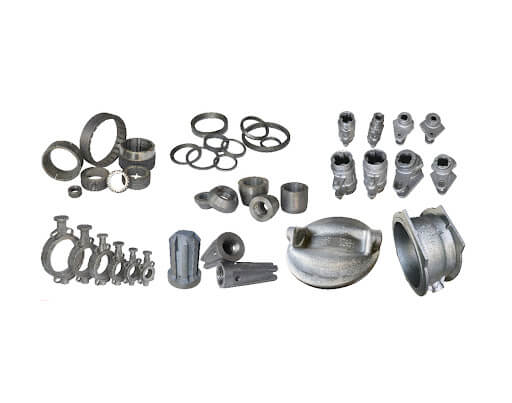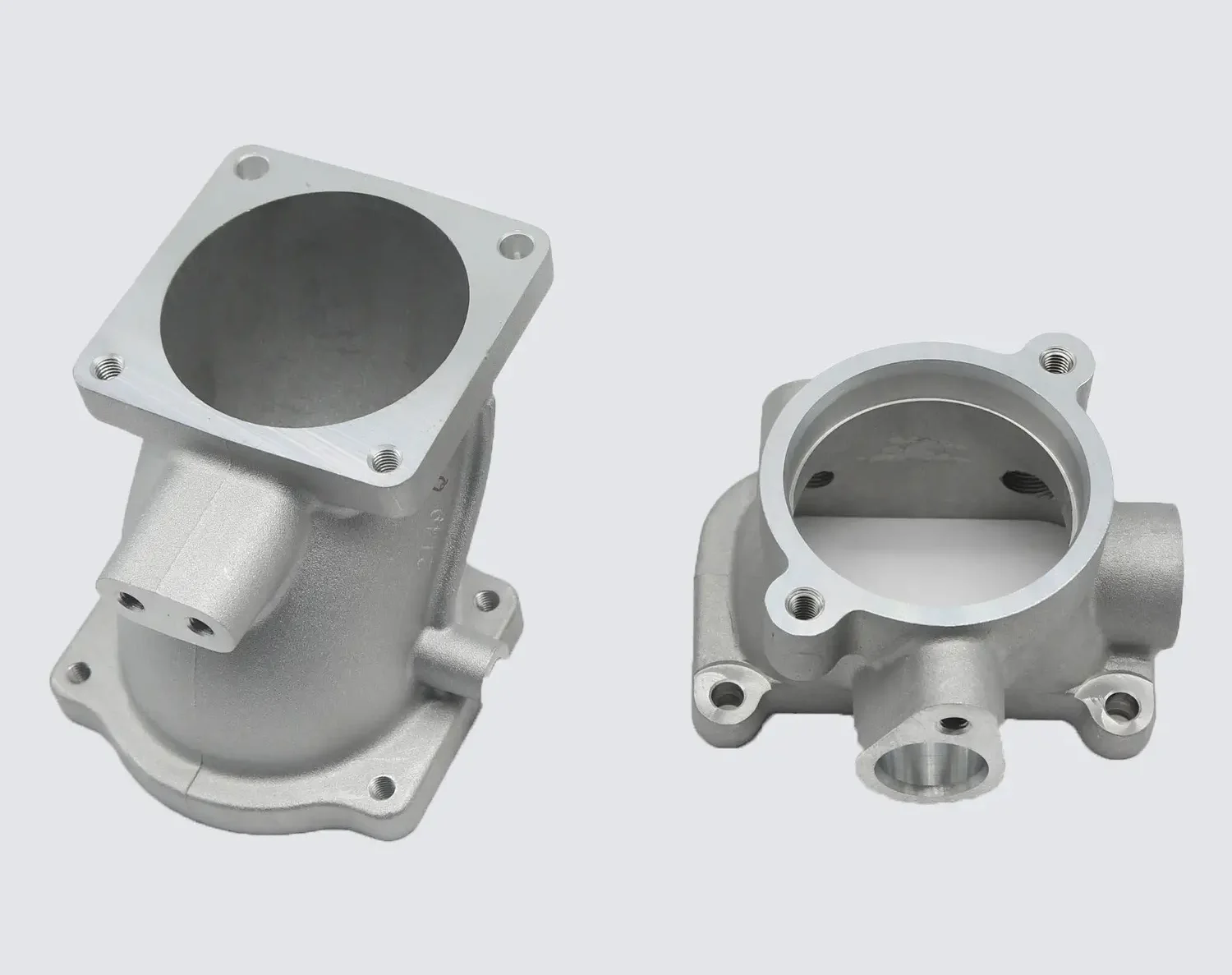The Evolution of Auto Parts Manufacturing: New and Replacement
As technology has advanced, so too has the manufacturing process for auto parts. Today, there are two main categories of auto parts manufacturing: new and replacement. In this article, we will explore the evolution of auto parts manufacturing and how it has shaped the industry.
The Evolution of Auto Parts Manufacturing
New auto parts manufacturing refers to the production of parts for brand new vehicles. These parts are typically made by original equipment manufacturers (OEM) who work closely with automakers to ensure that the parts meet their specifications. The process begins with the design phase, where engineers create detailed blueprints for each part. These blueprints are then used to create prototypes, which are tested for quality and performance.
Once the prototype is approved, series production can begin. This step will involve setting up an assembly line and using specialized machinery to manufacture the parts. The materials used may also vary from part to part, but common materials include steel, aluminum and plastic. The parts are then quality checked and packaged and sent to the car manufacturer.
Replacement auto parts manufacturing, on the other hand, focuses on producing parts for vehicles that are already on the road. These parts are often made by aftermarket manufacturers who specialize in producing high-quality, affordable alternatives to OEM parts. The process for manufacturing replacement parts is similar to that of new parts, but there are some key differences.
One of the main challenges in replacement parts manufacturing is reverse engineering. Aftermarket manufacturers do not have access to the original blueprints for the parts, so they must carefully analyze existing parts to create their own designs. This requires a deep understanding of the function and structure of the part, as well as the ability to replicate it with precision.

Once the design has been finalized, the manufacturing process can begin. Aftermarket manufacturers often use the same materials as OEMs, but they may also explore alternative materials that offer similar performance at a lower cost. The parts are then produced using similar assembly line techniques as new parts, with a focus on quality control and efficiency.
The evolution of auto parts manufacturing has been driven by advancements in technology. Automation has played a significant role in improving efficiency and reducing costs. Robotic arms and computer-controlled machinery can perform tasks with greater precision and speed than human workers, leading to higher productivity and lower production costs.
Another key development in auto parts manufacturing is the use of additive manufacturing, also known as 3D printing. This technology allows for the creation of complex parts with intricate designs that would be difficult or impossible to produce using traditional manufacturing methods. 3D printing also offers the potential for on-demand production, reducing the need for large inventories of parts.
In conclusion, auto parts manufacturing has evolved significantly over the years. The production of new parts involves close collaboration between OEMs and automakers, while replacement parts manufacturing requires reverse engineering and a deep understanding of existing parts. Advancements in technology, such as automation and 3D printing, have revolutionized the industry, leading to greater efficiency and innovation. As the automotive industry continues to evolve, so too will the manufacturing processes for auto parts.
